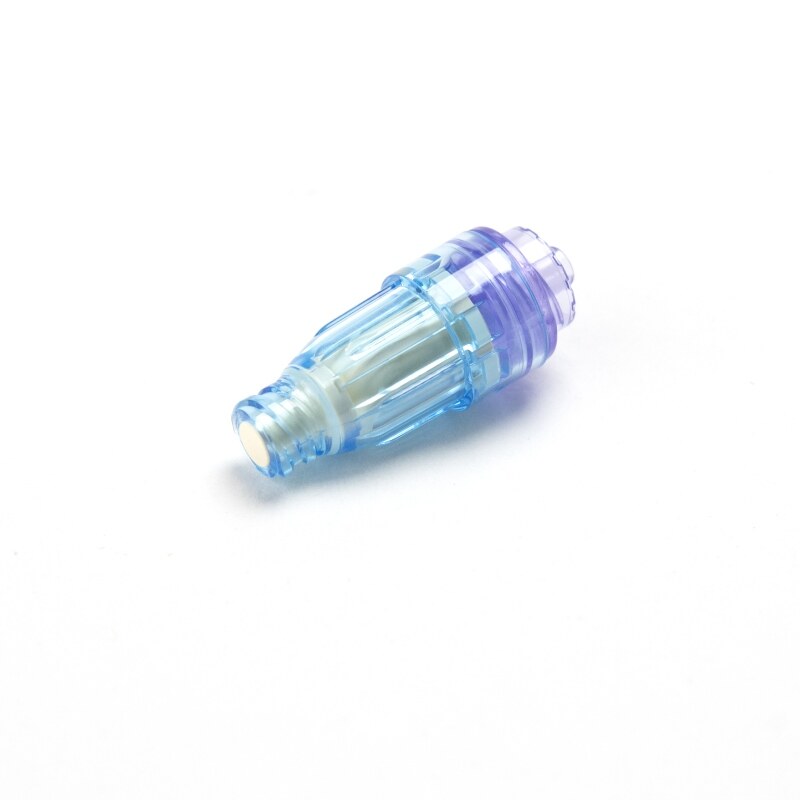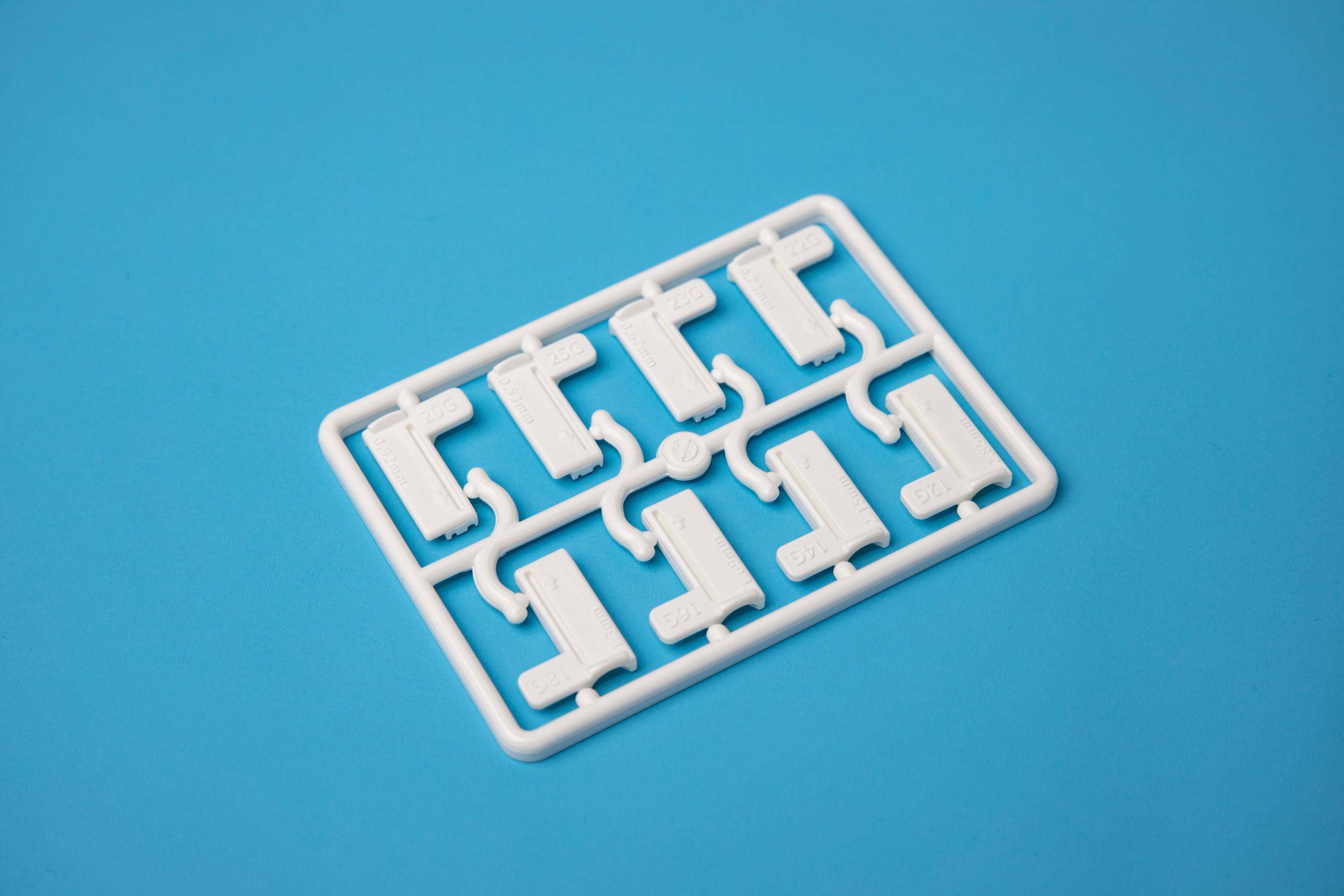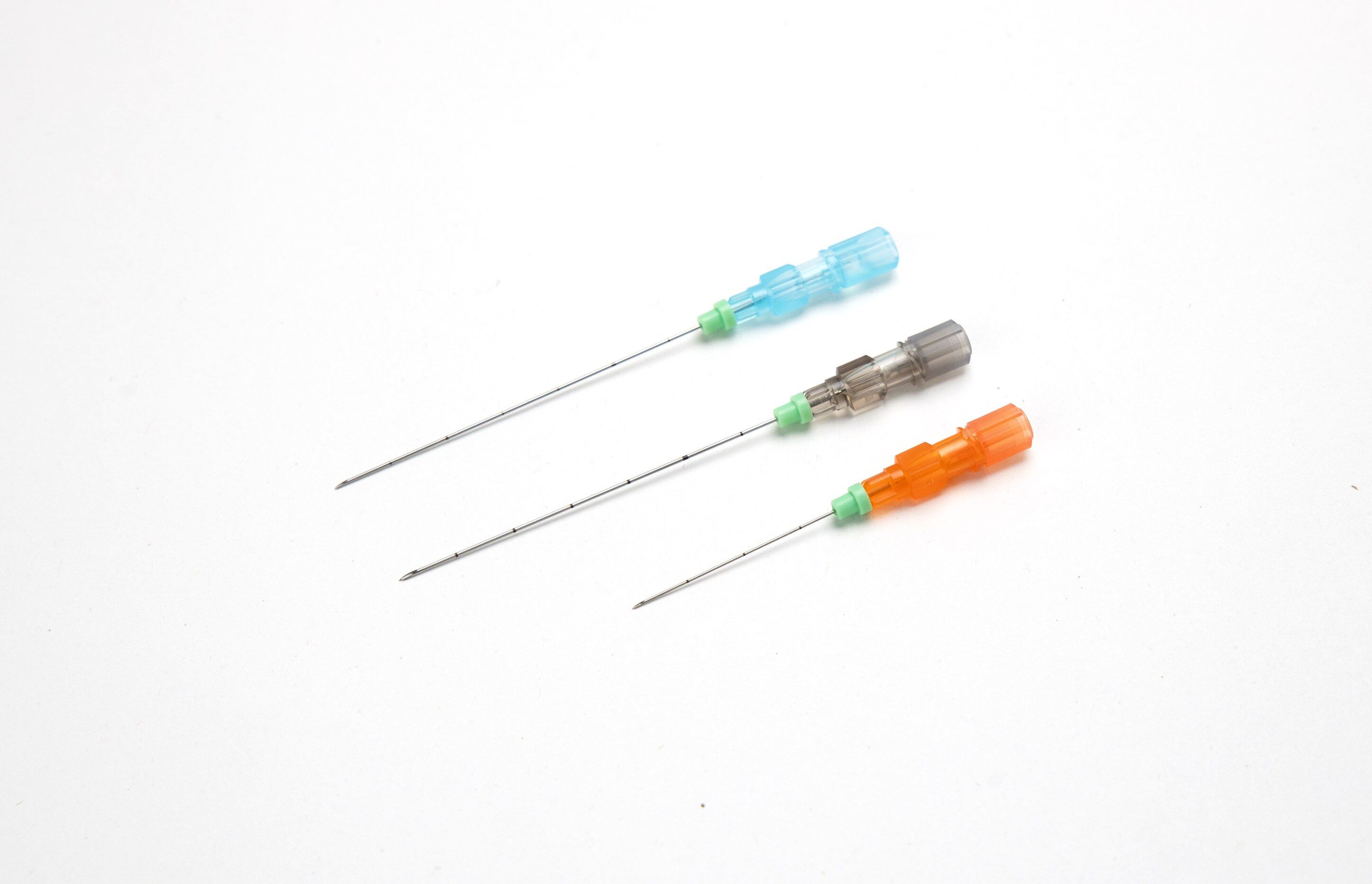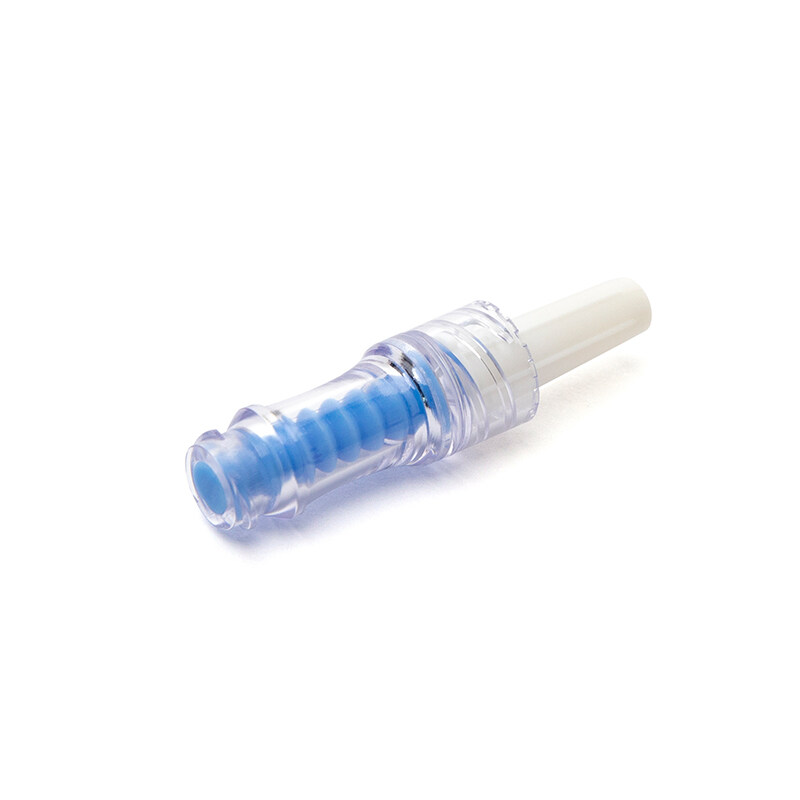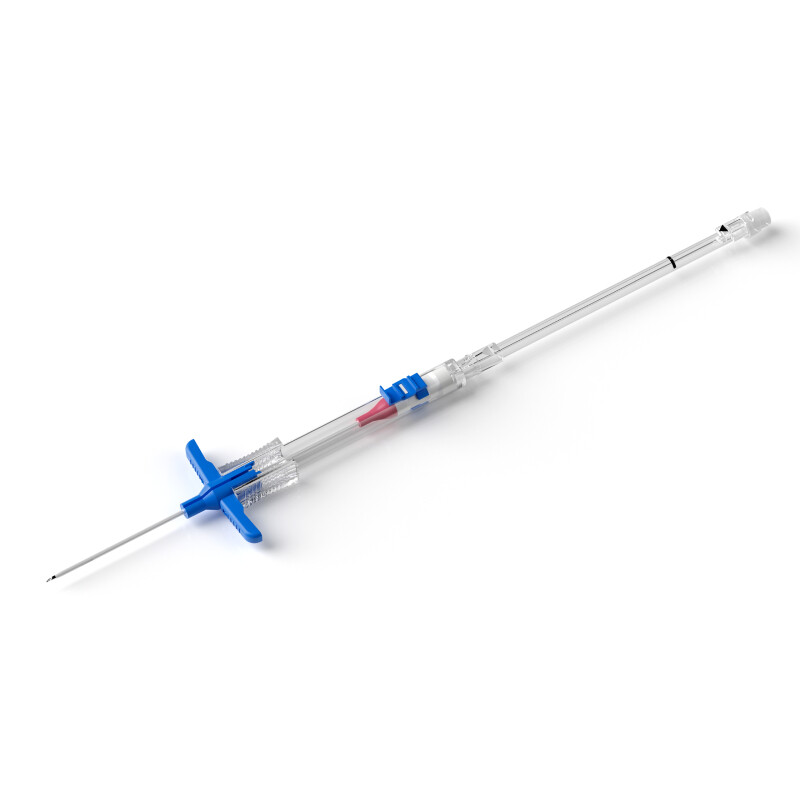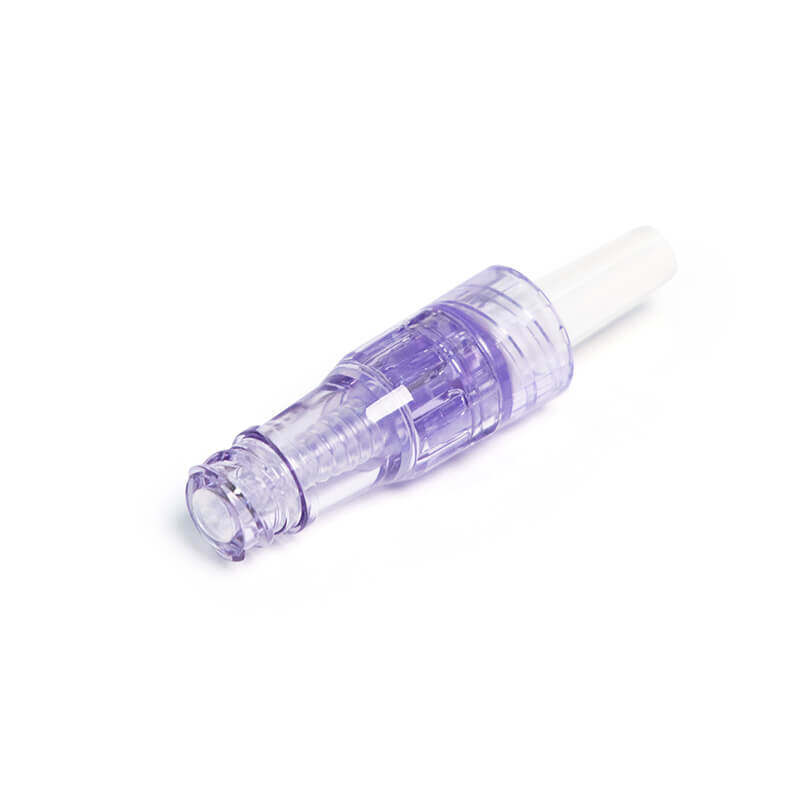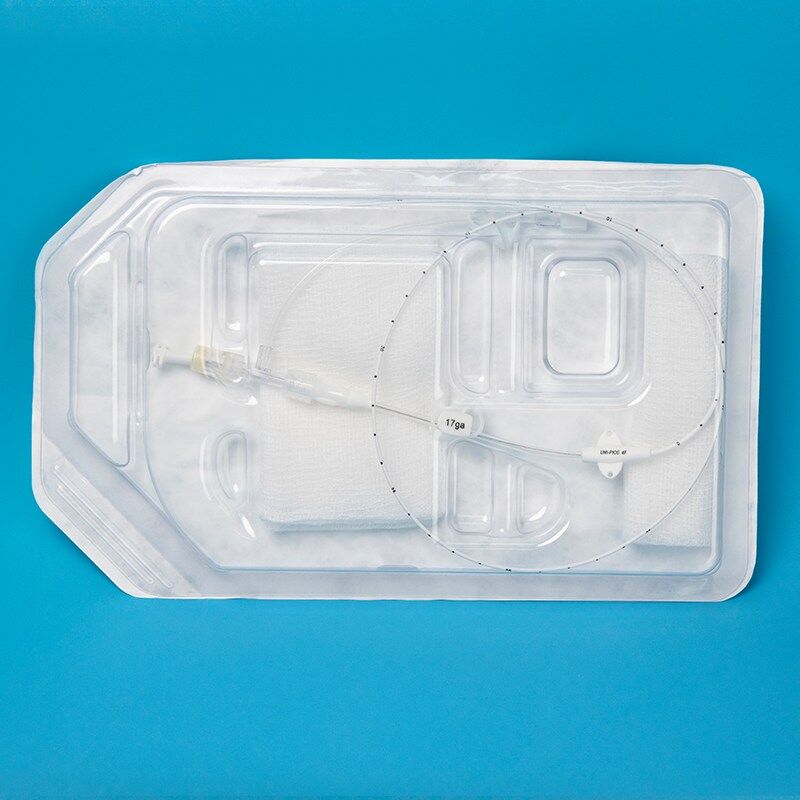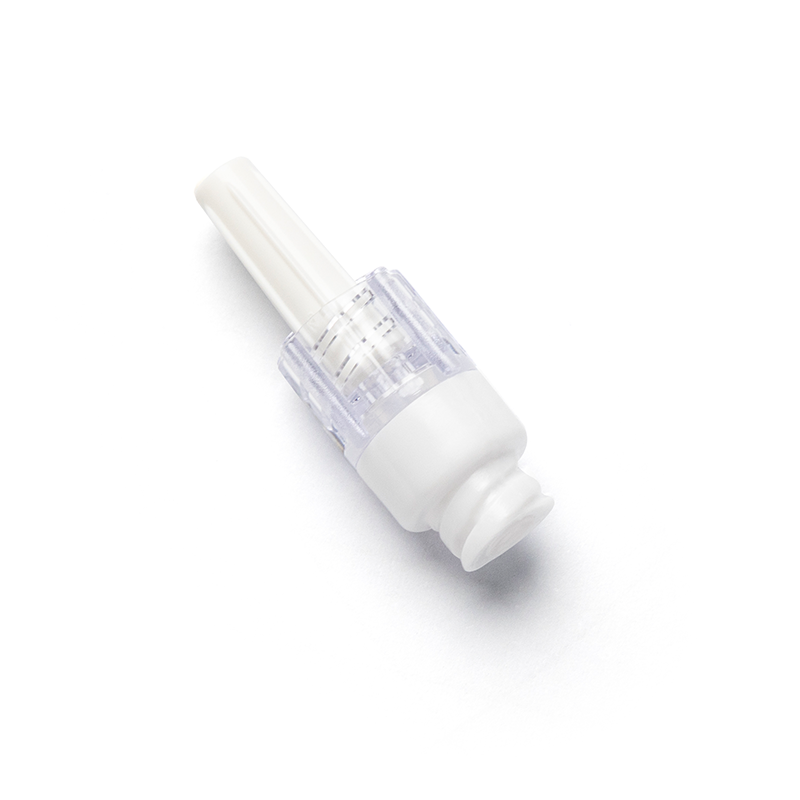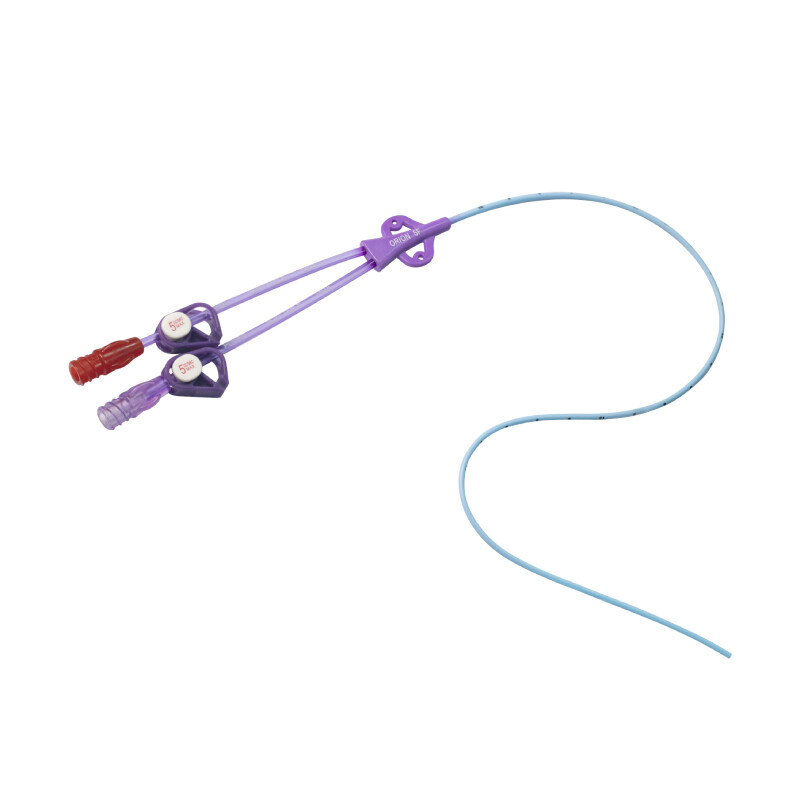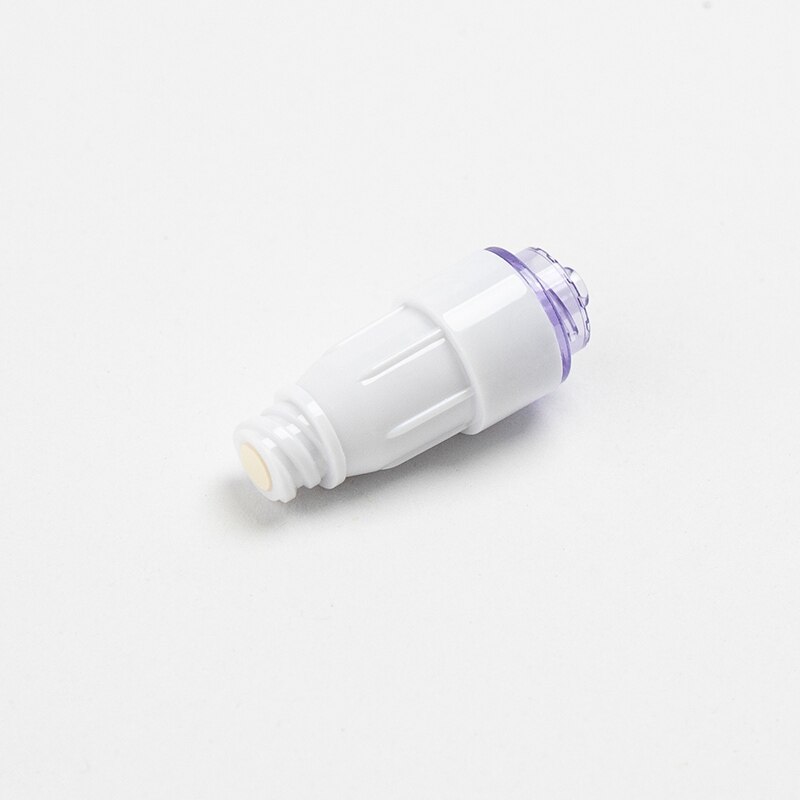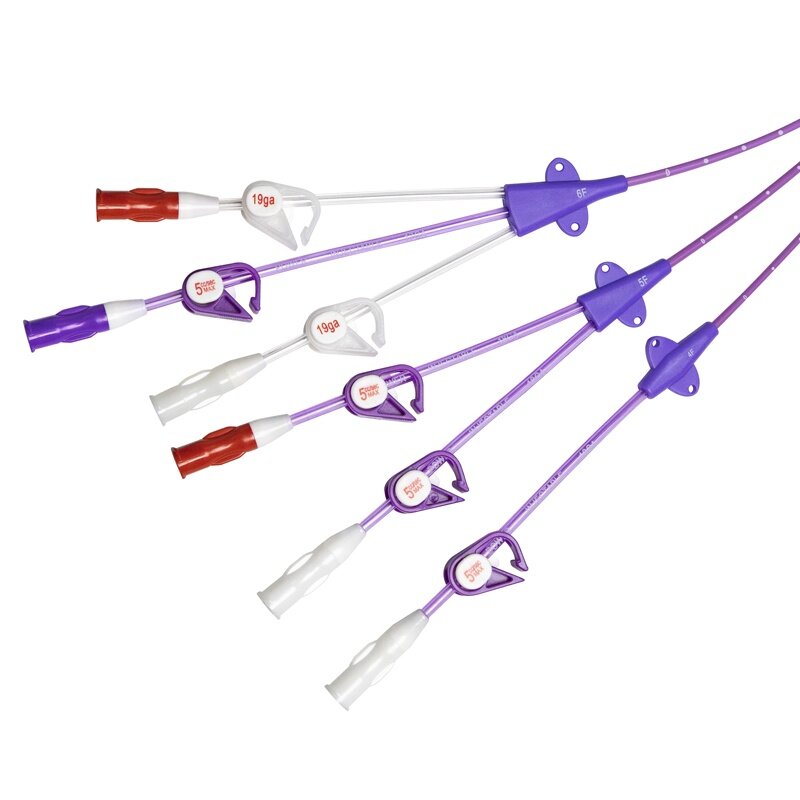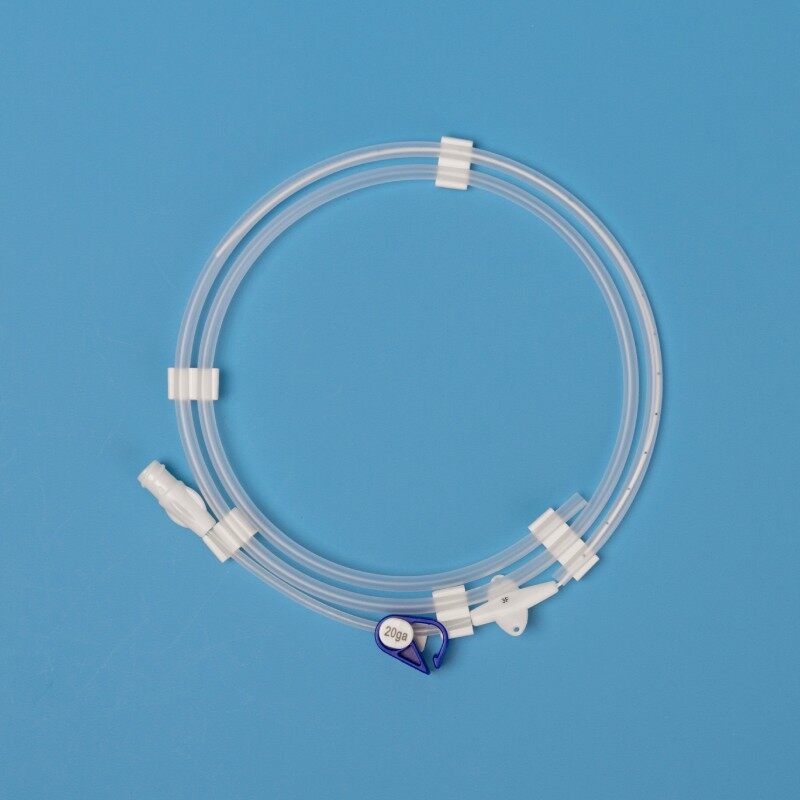central venous catheter devices
Introducing our innovative line of central venous catheter devices – the solution for safe and reliable vascular access for patients who require long-term IV therapy.
Our central venous catheter devices are designed to provide easy and secure vascular access for a range of medical procedures, including chemotherapy, hemodialysis, parenteral nutrition, and more. With a variety of options to choose from, including single-lumen and multi-lumen catheters, we have the perfect solution for your patient's unique needs.
Features:
High-quality medical-grade materials for safe and reliable use
Multiple lumens for simultaneous administration of multiple medications or therapies
Radiopaque lines for easy visualization during placement and maintenance
Smooth surface and rounded tips for reduced trauma to the vein
A variety of sizes and configurations to suit individual patient needs
Pros:
Easy and reliable vascular access for long-term IV therapy
Allows for simultaneous administration of multiple medications or therapies
Smooth surface and rounded tips reduce the risk of vein trauma
Radiopaque lines facilitate placement and maintenance
Variety of sizes and configurations to meet individual patient needs
Cons:
Potential risk of infection or other complications associated with any invasive medical device
Requires proper placement and maintenance by trained healthcare professionals
Specifications:
Available in single-lumen and multi-lumen configurations
Radiopaque lines for easy visualization
Made from medical-grade materials for safety and reliability
Smooth surface and rounded tips for reduced trauma to the vein
Sizes and configurations vary based on individual patient needs
What is a central venous catheter used for?
A central venous catheter is a thin, flexible tube that is inserted into a vein, usually below the right collarbone, and guided (threaded) into a large vein above the right side of the heart called the superior vena cava.
What are the types of central venous catheters?
The doctor will recommend the type of CVC you should have based on your situation and how long the CVC may be needed.
Three common types of CVC are a tunneled central venous catheter, a peripherally inserted central catheter, and a subcutaneous port.
There is still a lot to learn about central venous catheters, for example about the central venous catheter devices. Only with a better understanding of the central venous catheter devices can we make the most of its usefulness.
How is the catheter inserted?
The central venous catheter devices are typically inserted through a small incision in the skin, guided by imaging technology such as X-ray or ultrasound.
How long can the catheter remain in place?
The length of time the central venous catheter devices can remain in place depends on the patient's individual medical condition and treatment plan.
Is the central venous catheter devices reusable?
No, the catheter is a single-use medical device and should be properly disposed of after use.
Our central venous catheter devices are the perfect solution for patients who require long-term IV therapy. With high-quality materials, multiple lumens, and a variety of sizes and configurations, our devices provide reliable and easy vascular access for a range of medical procedures.
Where is the central venous catheter placed?
A Central venous catheter is used to give intravenous fluids, blood transfusions, chemotherapy, and other drugs.
A central venous catheter is an indwelling device that is peripherally inserted into a large, central vein, and advanced until the terminal lumen resides within the inferior vena cava, superior vena cava, or right atrium.
Haolang medical specializes in developing, manufacturing, and distributing a series of products for vascular access, infusion therapy, and infection control.
For questions about the central venous catheter, including the central venous catheter devices, you are always welcome to contact Haolang Medical to find out more.

